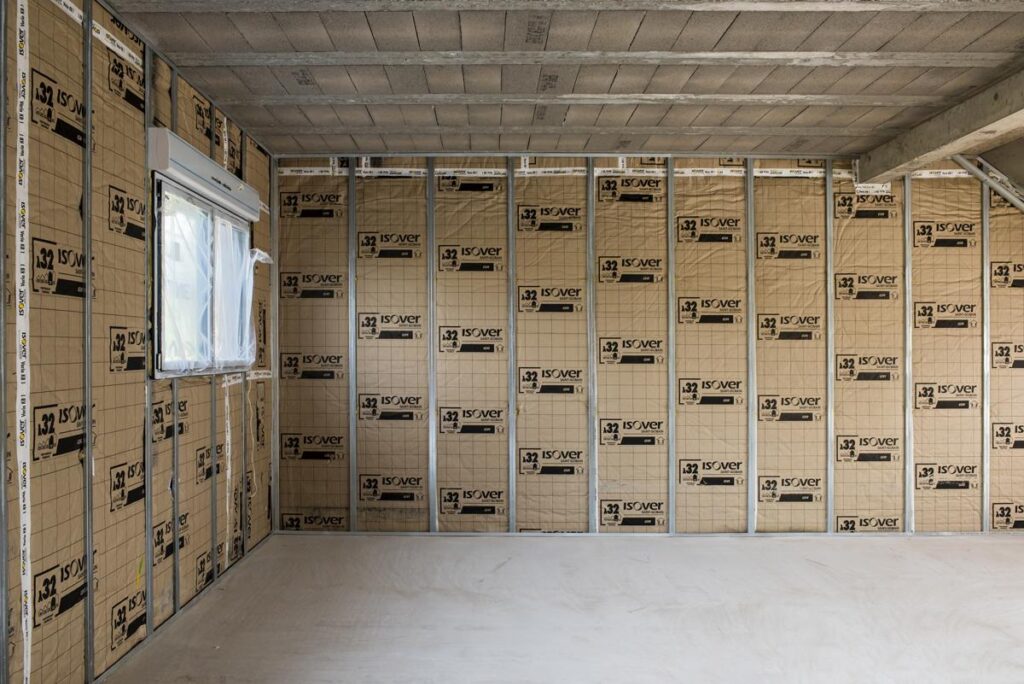
We offer 3 types of insulation work
- Insulation of your walls
Insulating from the outside: This allows two operations to be carried out: the insulation and the rendering. The cost of this technique is often higher than the cost of insulation from the inside (excluding the cost of restoration). Different solutions exist: insulation with coated panels, insulation protected by cladding and insulation with insulating plaster.
Insulating from the inside: This technique does not change the external appearance of the house. However, it reduces the living space and is difficult to install. Two main techniques: Insulation with insulating panels or loose insulation.
- Floor insulation
For floor insulation, the floor can be insulated from below (insulation fixed to the inside of the floor), from above (insulation laid on the floor and covered with a covering for walking on) or between the structural elements of the floor. The simplest technique is insulation from below.
- Roof insulation
To reduce heat exchange, the substructure must be insulated. Roof insulation depends on the situation of your infrastructure:
- Infrastructure with lost attic space. The insulation is laid on the floor without a break over the entire surface of the attic and in relation to the roof structure and walls.
- Infrastructure with habitable attic: two techniques are possible Insulation from the inside: with semi-rigid panels or rolls. Insulation from the outside: requires the removal of the roof covering (tiles, etc.) to install the insulation.
- Infrastructure with a flat roof. Take advantage of the waterproofing of a flat roof to insulate it thermally.
Depending on the purpose of the insulation and the complexity of the installation, we use 3 types of insulation materials, available in sheets, rolls or loose, including
- Mineral wools such as glass wool and rock wool, the most common
- Vegetable wools such as wood, hemp, cotton and flax wool,
- Cork, a good insulator that offers excellent soundproofing, but at a high price
